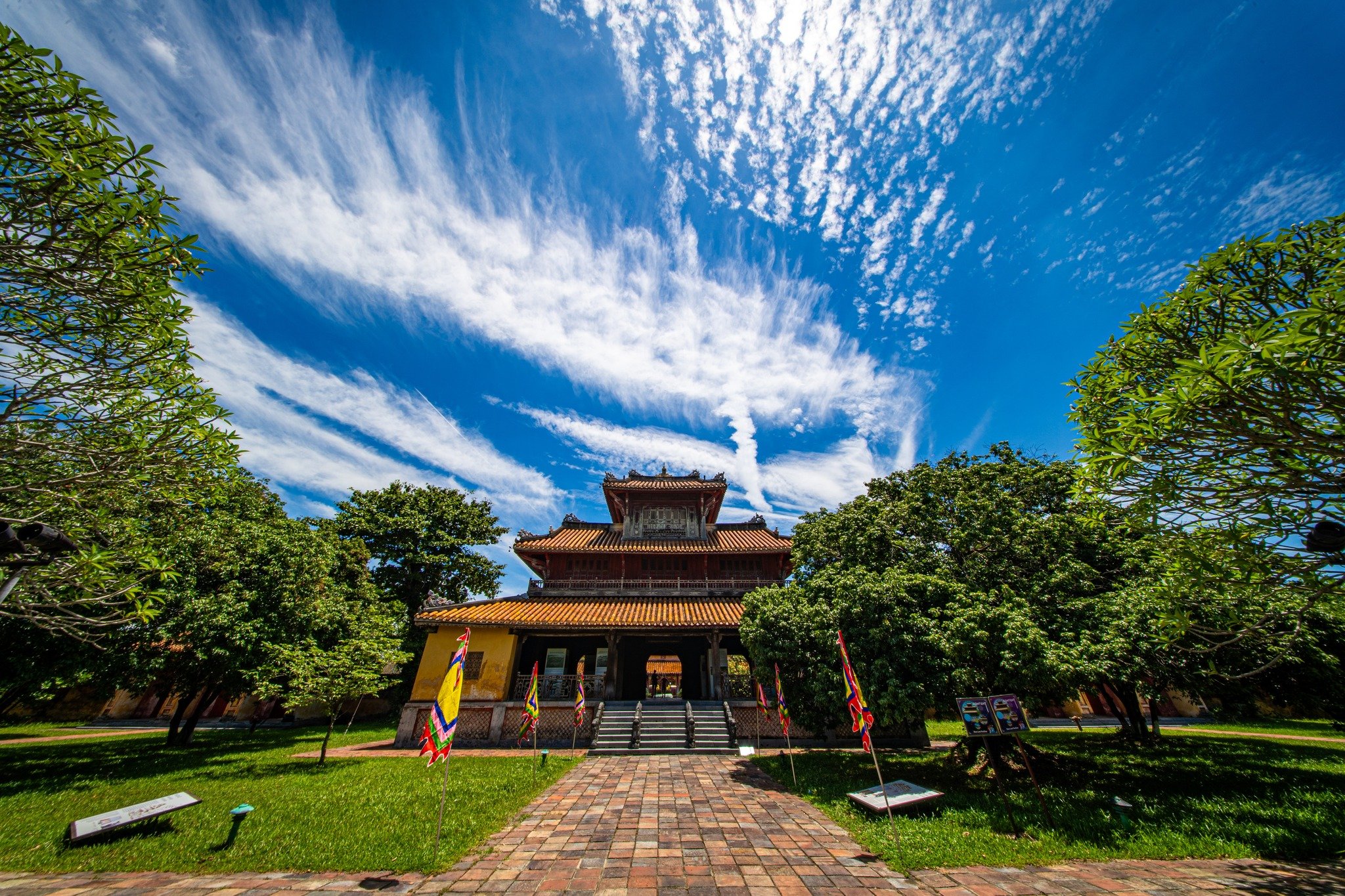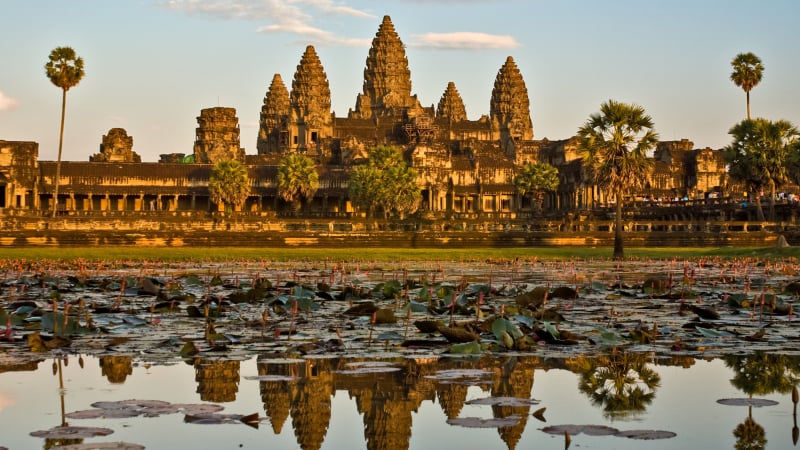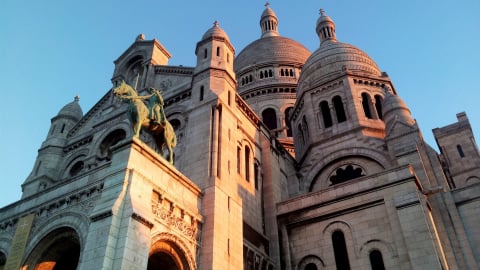Hue, the ancient capital with thousands of years of cultural and historical values, is always an attractive destination for domestic and foreign tourists. In the complex of Imperial Citadel relics, The To Temple stands out as a sacred architectural work with special significance. Recently, the Hue Monuments Conservation Center announced that from September 9, 2025, the interior area of The To Temple will be temporarily closed to visitors.
The To Mieu, also known as The Mieu, is one of the most important architectural works in the Hue Imperial City, located in the Hien Lam Cac area. This is the place to worship the Nguyen Dynasty kings, from the founding king Gia Long to the last king Bao Dai. The work was built in 1821 under the reign of King Minh Mang, with sophisticated and majestic architecture, showing the respect of later generations for their ancestors.
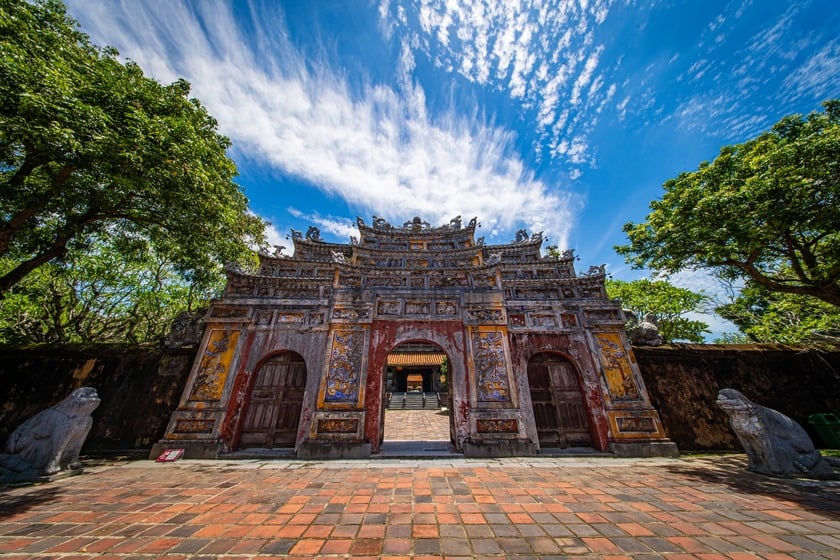
In 1821, under the reign of King Minh Mang, Hoang Khao Temple was moved about 50m to the North to make way for the construction of The To Temple. Initially, this temple was only to worship The To Cao Hoang De - King Gia Long. Later, The To Temple became the place to worship most of the kings of the Nguyen Dynasty.
The interior of The To Mieu is a historical treasure trove with altars, tablets and precious artifacts, reflecting the entire history of the 13 Nguyen Dynasty kings. Allowing visitors to access this space over the years has helped the public gain a deeper understanding of the history of Vietnam's last feudal dynasty. However, along with the increase in the number of tourists, heritage conservation also faces many challenges. Human impact, even unintentional, can affect artifacts, causing the value of the relic to decline over time.
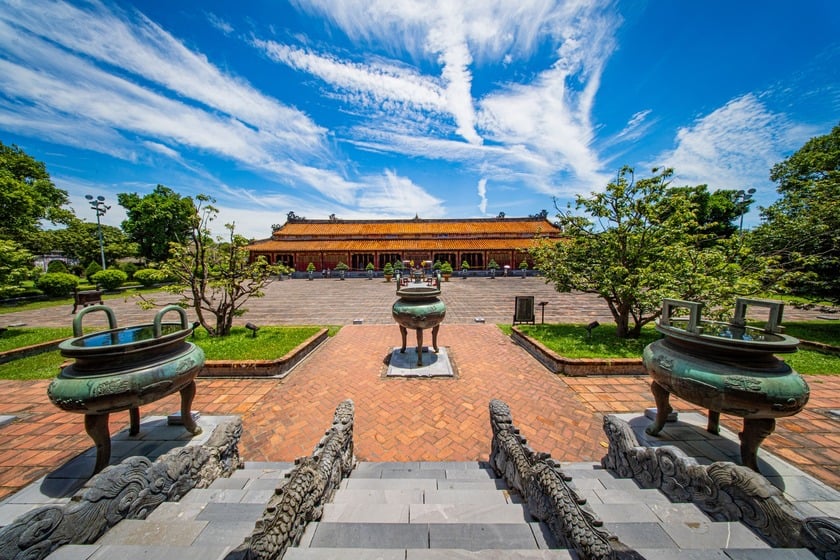
Tourists come here to visit a unique construction, a majestic place of worship and learn about the life and background of the kings under the Nguyen Dynasty. At the same time, visitors will understand more about Vietnamese history.
According to a representative of the Hue Monuments Conservation Center, the temporary suspension of visitors from entering the interior of The To Temple is a necessary and long-term decision. The main purpose is to ensure the solemnity of the relic area, which is a sacred place of worship. Limiting the entry of visitors will help maintain a quiet, solemn space, true to the meaning of a place of worship.
Furthermore, this is an important step in the long-term preservation of precious cultural and historical values. The artifacts, wooden structures and decorative details in the Temple of the Ancestors are very ancient and easily damaged by temperature, humidity and frequent human contact. The temporary suspension of interior tours will help minimize negative impacts, creating favorable conditions for experts to carry out restoration and periodic maintenance work more effectively. This is not only the responsibility of the Center, but also a joint effort to preserve the heritage for future generations.
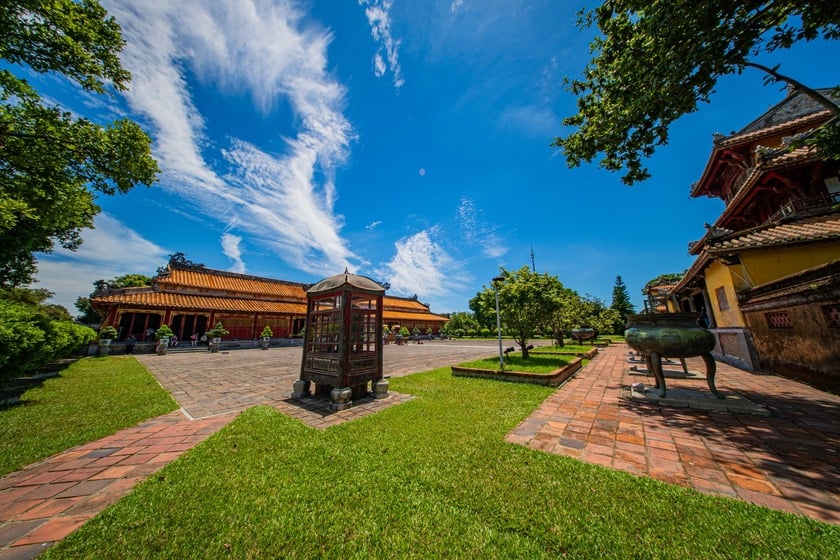
The To Temple was built in a rectangular area, with an area of about 2 hectares, occupying a large part of the area in the Imperial City and the Forbidden City. The To Temple was designed in the style of "double roofs", a double-roofed house on a foundation. The ground area is about 1,500 square meters.
In order to solve the problem of balancing between conservation and serving tourists, the Hue Monuments Conservation Center has proposed many thoughtful support solutions. Instead of closing completely, The To Temple will open the main doors so that visitors can still stand outside and observe the entire interior space. Even though they cannot go inside, visitors can still admire the architectural beauty, the arrangement of the altars and feel the majesty of this place.
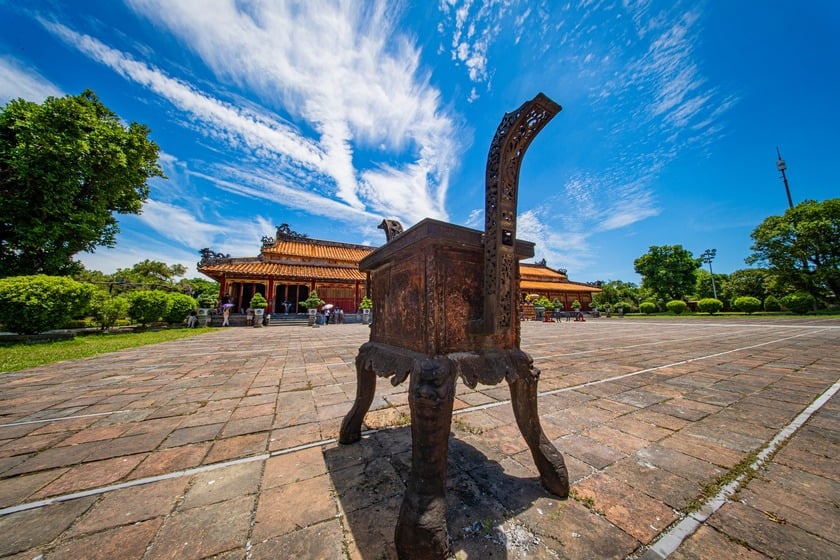
The front hall of The To Mieu consists of 11 rooms and 2 single wings, the main house has 9 rooms and 2 double wings, connected by wooden panels that are very delicately carved. The roof of The To Mieu has 2 floors, covered with golden glazed tiles, the top of the roof is decorated with majestic dragon images. The ancient strip of the roof between the two roof floors is decorated with vivid and unique paintings.
In addition, to meet the religious needs of the people, an incense offering area will be arranged right in front of The To Mieu. This allows visitors to express their respect without affecting the space inside.
Notably, to compensate for the restriction of direct visits, the Center will organize a separate exhibition area at Hien Lam Cac. Here, visitors will be provided with detailed information, high-quality images and valuable documents about The To Mieu. This exhibition area will help visitors better understand the historical value, architecture and significance of the work in a comprehensive way. This is a smart solution, both preserving heritage and educating and providing knowledge to the public.





